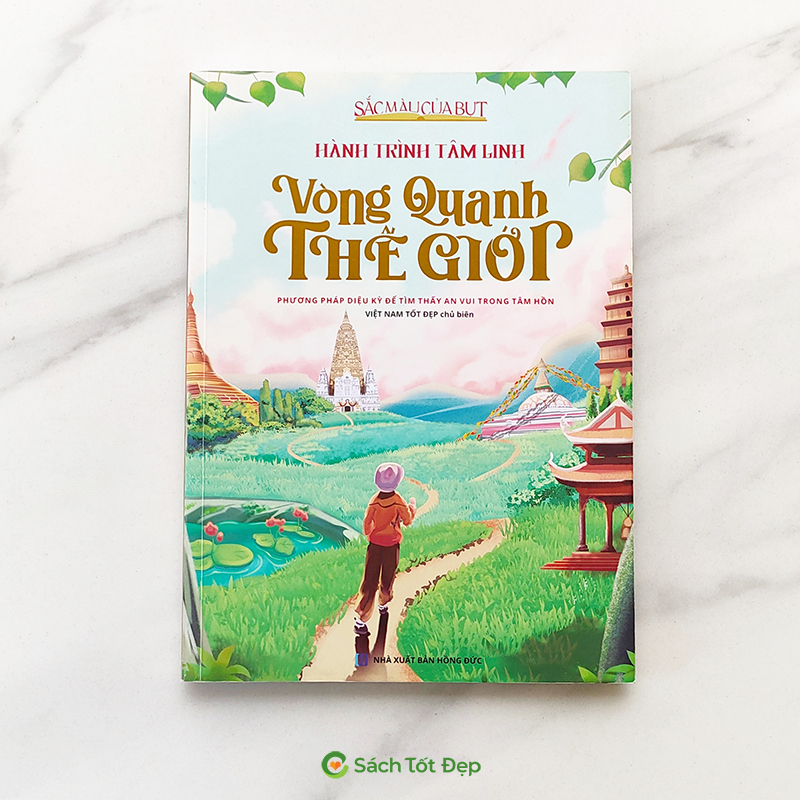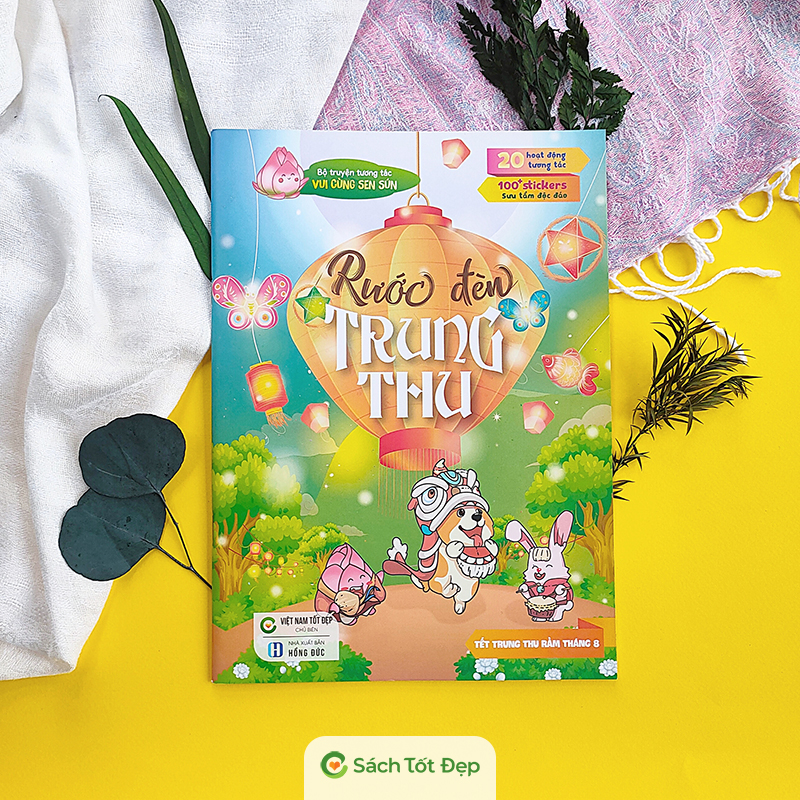Identifying Gautama Buddha: A Guide
Siddhartha Gautama: The Founder of Buddhism
Siddhartha Gautama, known as the Buddha, is revered as the founder of Buddhism. Statues of him are present in temples worldwide. Let’s explore more about Siddhartha Gautama, the Buddha.
The Life of Siddhartha Gautama
In the kingdom of Kapilavastu, ruled by King Suddhodana and Queen Maya, Siddhartha Gautama was born on April 15, 624 BCE. During a journey to her parental home, Queen Maya gave birth to him in the Lumbini garden. Siddhartha, a prince of the Sakya clan, showed extraordinary intelligence and boundless compassion from a young age. Witnessing the suffering of his people, he sought his father’s permission to renounce worldly life in search of a solution to alleviate suffering and discover true happiness. Despite the king’s plea to inherit the throne and care for his subjects, Siddhartha chose to leave his comfortable life to become a wandering ascetic.

After six years of rigorous asceticism, Siddhartha realized that neither indulgence nor extreme austerity were the paths to enlightenment. He discovered the “Middle Way”, a balanced approach to life. Seated under the Bodhi tree in Gaya for 49 days and nights, he attained enlightenment, becoming the Buddha, a being of extraordinary wisdom and compassion, understanding all aspects of life.
Siddhartha’s Ascetic Life
Buddha then embarked on a journey of teaching his insights, guiding others in meditation and enlightenment. He gained followers from various social backgrounds, including royalty, warriors, and commoners.
On February 15, 544 BCE, at the age of 80, Buddha entered Parinirvana in Kushinagar. His relics were preserved and enshrined in stupas, some of which still exist today.
Recognizing Siddhartha Gautama
Buddha is often depicted with curly hair or snail-shell curls and wearing a yellow or brown robe, with no “Vạn” symbol on his exposed chest. He has a protuberance on his head and usually sits on a lotus throne, symbolizing purity and detachment from worldly suffering.
Buddha Statue
Buddhist art varies culturally; however, key aspects of his representation, such as the 32 major and 80 minor marks of a great man, remain consistent. Disciples Ananda and Kashyapa, often depicted alongside the Buddha, further help in recognizing his images.
Conclusion
Siddhartha Gautama, the historical Buddha, was not just a figure of great physical beauty but also possessed remarkable qualities and wisdom. His teachings and the details we’ve shared above help us understand and recognize this great figure.
For more information, visit sach.totdep.com.
Sản phẩm bạn có thể quan tâm

The Colors of Buddha: A Spiritual Journey Around the World
Coloring book
135.000đ

Let’s play with Sen Sun: Buddha’s birthday
Coloring book
28.000đ

Let’s play with Sen Sun: Ullambana Festival
Coloring book
28.000đ

Let’s play with Sen Sun: Mid-Autumn Festival
Coloring book
30.000đ





